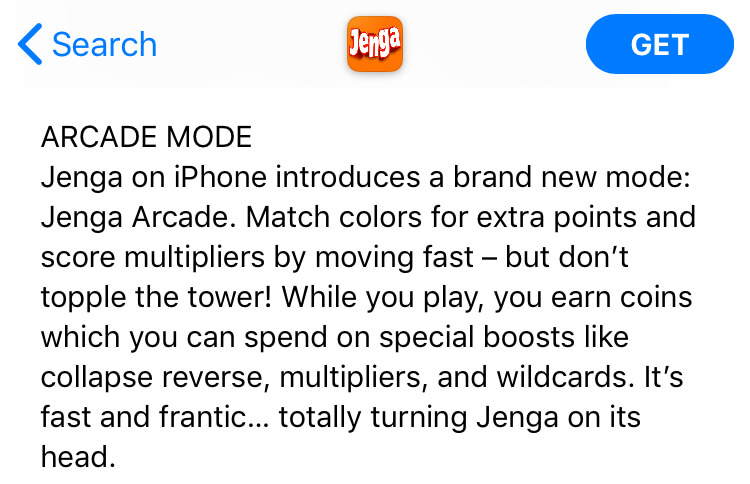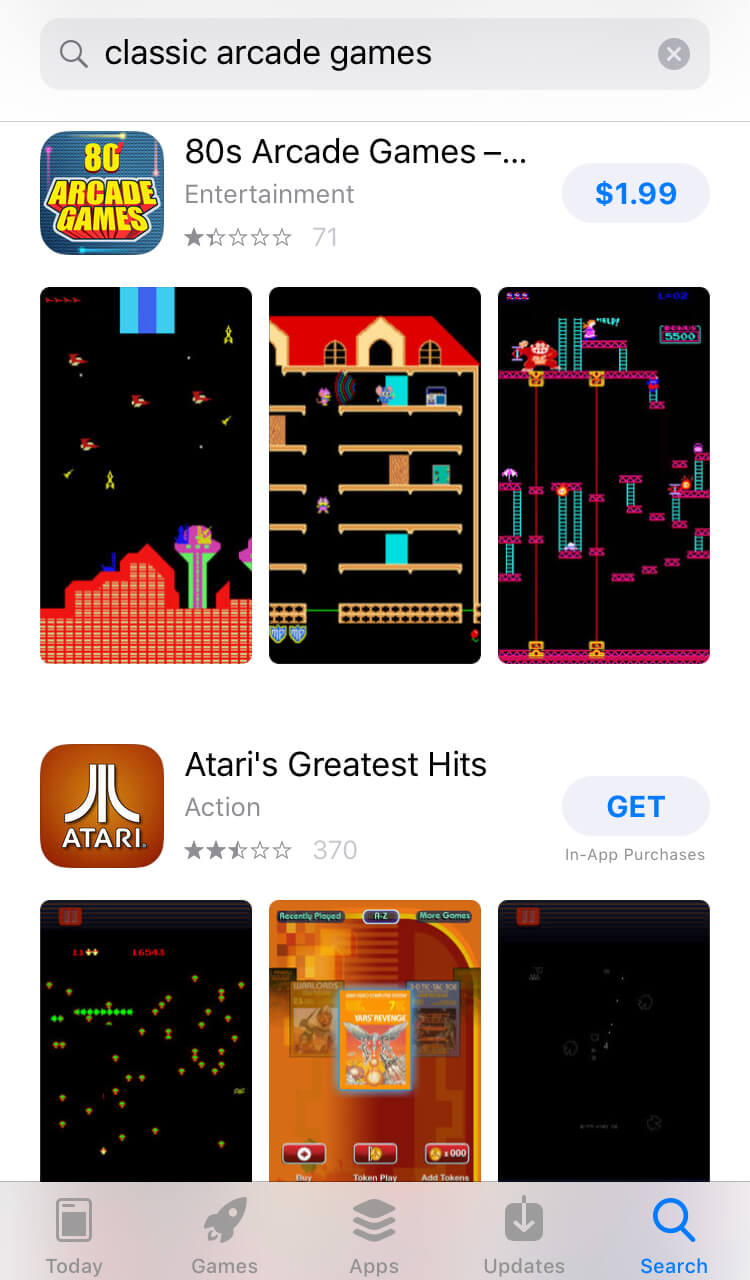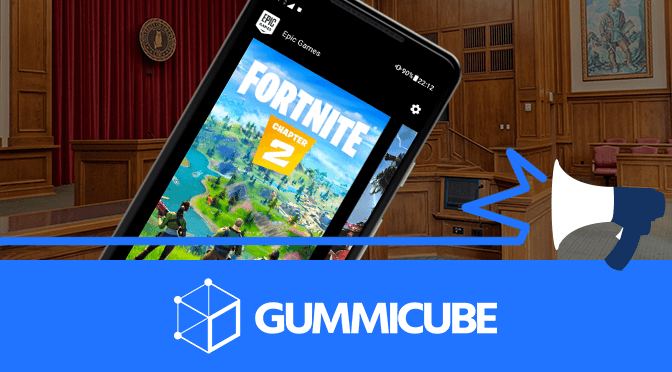Genre Showcase: Casual Games
March 6th, 2018


by David Quinn
VP of Strategy & Partnerships at Gummicube, Inc.
Casual games are a nostalgic American pastime that only continues to grow each year – especially in the mobile space. What began as quarter-eating arcade cabinets has grown into a massive industry, and casual games can now be found on phones around the world. PAC-MAN was considered to be the first ever casual game when it was released in arcades across the nation in the 1980’s. Since then, casual gamers have enjoyed classics like Tetris, Solitaire and Snake and have grown to love newer titles such as Candy Crush Saga, Farmville and more.

Casual games aren’t going anywhere, especially since they’ve been growing in popularity since the 80’s. In 2016 alone, casual mobile games saw 23.9 million downloads. Casual games are popular with almost every age group and demographic, in large part because the gameplay is simple and can be played in short bursts of time, like during work breaks or when a user just wants to pass the time. Users also enjoy casual games because of their sense of familiarity – they know what to expect, as most games follow familiar formats that are simple and somewhat predictable. Mobile games tend to have high download rates in the App Store and Google Play Store, even when compared to other genres, which means there is a fair amount of competition at hand. But how do developers of casual games compete with big-name competitors or games that have similar gameplay? One way to ensure that their app is seen by users is to optimize their keywords.
How to Get the Most Out of Your Keywords
Some users might go directly to a category on the App Store that they know has casual games, but most will search using words and phrases to describe what they’re looking for. These searches, which tend to be 2-3-word phrases, are vital to apps getting discovered. Developers should seek to target keywords that are both high-volume and relevant to their app to improve its visibility. Now, if we think about casual games, which can be games in several different app categories, how are developers supposed to choose the best keywords to make their app visible? If developers want to compete and get their casual games seen, they’ll need to focus on:
Relevancy
Popularity
Long-tail keywords
Competitors
By focusing on these four factors, developers will be able to get their casual game appearing in more user search queries than before, which is sure to increase their download rates.
1. Relevancy
Relevancy is key for every app, especially casual games. Developers need to start thinking outside of the box to make sure that their game appears for keywords that are specifically relevant to its core features. If we search for “arcade,” which classifies as a casual game, we’ll see that Jenga is actually the first game to appear. It beats out other games such as PAC-MAN 256 (a recognizable arcade classic) and Paper Toss most likely due to its description containing a feature set geared specifically toward the keyword “arcade.”  Jenga also includes “arcade” in one of their screenshots, unlike PAC-MAN 256. As such, we see that because they targeted the word and integrated it throughout their metadata more than other apps they’re currently ranking better for the keyword and appearing first when users search for “arcade.”
Jenga also includes “arcade” in one of their screenshots, unlike PAC-MAN 256. As such, we see that because they targeted the word and integrated it throughout their metadata more than other apps they’re currently ranking better for the keyword and appearing first when users search for “arcade.”
2. Popularity
When targeting keywords, it’s good to create a balance between low and high-volume keywords. By taking this approach, you’re able to appear for more commonly searched phrases like “puzzle” as well as more niche keywords such as “match 3.” The casual game Gummy Drop! didn’t just magically become #1 for “match 3” – they had to work their way up that spot. Their description contains the keyword three times, and they also target the keyword in their title and screenshots. The developers for this app knew that “match 3” was a high-volume keyword, and decided to integrate it as much as possible throughout their metadata without overusing it to the point of being considered “keyword stuffing.” Thus, by recognizing the importance of this keyword and taking advantage of it, Gummy Drop! was able to claim the #1 spot.
3. Long-Tail Keywords
On top of targeting one-word keywords such as “puzzle,” “casual” or “arcade,” it’s optimal to target longer keywords so the game appears for a multitude of phrases. If a developer has a puzzle game, they surely want to target “puzzle,” but it would also benefit them to target keywords such as, “puzzle games” or “puzzle games for free.” While one keyword is higher volume than the other, incorporating both phrases into the game’s metadata will help it appear for multiple searches instead of just one.
4. Competitors
Because the number of games that can be classified as casual is incredibly high, the category has loads of competitors. In turn, these competitors are targeting the same keywords, either because it’s relevant to their game, or they notice that it’s a high-volume keyword and want their game to appear for it. If we search for “classic arcade games,” we’ll notice that nearly every game in the top ten features what many would consider as a “classic game.” These games are all vying to appear first for the same keyword, which means that they’ll have to be careful. Similar to Gummy Drop! having to work its way up, new games won’t instantly take the top spot just because they’re targeting the keyword.  You’ll have to be strategic and incorporate this keyword throughout your app’s metadata to ensure that it appears in a user search in the first place. From there, you can steadily work on building your game’s visibility until it’s ranked at the top.
You’ll have to be strategic and incorporate this keyword throughout your app’s metadata to ensure that it appears in a user search in the first place. From there, you can steadily work on building your game’s visibility until it’s ranked at the top.
Remember the Importance of Keywords
Without keywords, your game just won’t appear in a user search. That’s why targeting and incorporating relevant, high-volume keywords is so incredibly important. Keep in mind that there are thousands of casual games, which means that there’s competition everywhere. However, by focusing on keywords that are relevant, popular, long-tail and also targeted by competitors, any casual game developer will stand a chance at optimizing their keywords, and in doing so stand out against the competition.
This post is part of our Blog Series on Gaming and
GDC 2018. Click the link to see
other posts in the series!
Similar Articles

Posted on August 15th, 2020
Every time a user makes an in-app purchase or buys an app from the App Store or Play Store, Apple or Google takes a portion of the revenue. This App Store Tax has caused complaints for some developers, but with Apple and Google in the middle of antitrust hearings, tensions are continuing to grow.

Posted on August 8th, 2020
Apple has a strict set of App Store Guidelines that developers must follow in order to avoid being removed. Recently, it was announced that the guidelines will prevent developers from selling cloud gaming apps on the App Store. This could have an impact on app marketing, development and App Store Optimization.

Posted on July 7th, 2020
Apple Arcade, the App Store’s subscription game service, provides users with unlimited access to over 100 games for the price of $4.99 a month. Yet Apple can afford to be choosy, as it's cancelling several Arcade game contracts in the company’s effort to maintain subscribers.





 Jenga also includes “arcade” in one of their screenshots, unlike PAC-MAN 256. As such, we see that because they targeted the word and integrated it throughout their metadata more than other apps they’re currently ranking better for the keyword and appearing first when users search for “arcade.”
Jenga also includes “arcade” in one of their screenshots, unlike PAC-MAN 256. As such, we see that because they targeted the word and integrated it throughout their metadata more than other apps they’re currently ranking better for the keyword and appearing first when users search for “arcade.” You’ll have to be strategic and incorporate this keyword throughout your app’s metadata to ensure that it appears in a user search in the first place. From there, you can steadily work on building your game’s visibility until it’s ranked at the top.
You’ll have to be strategic and incorporate this keyword throughout your app’s metadata to ensure that it appears in a user search in the first place. From there, you can steadily work on building your game’s visibility until it’s ranked at the top.
